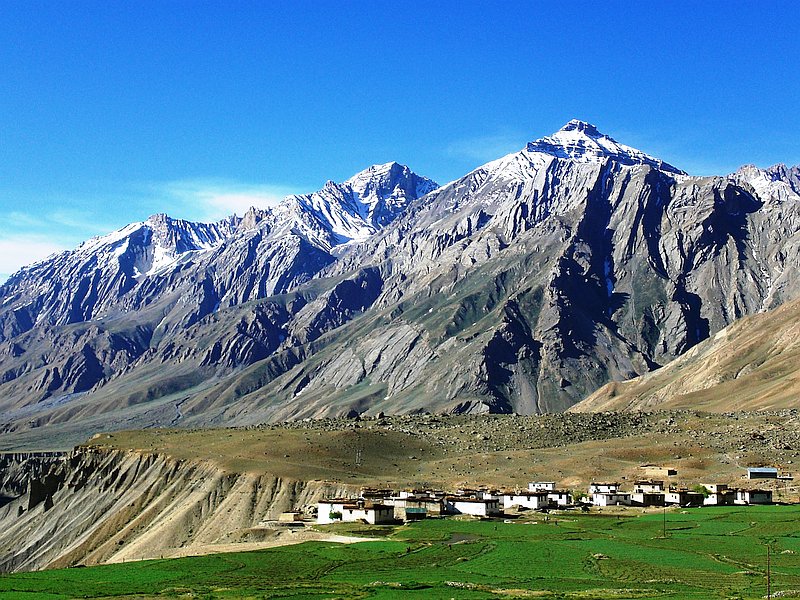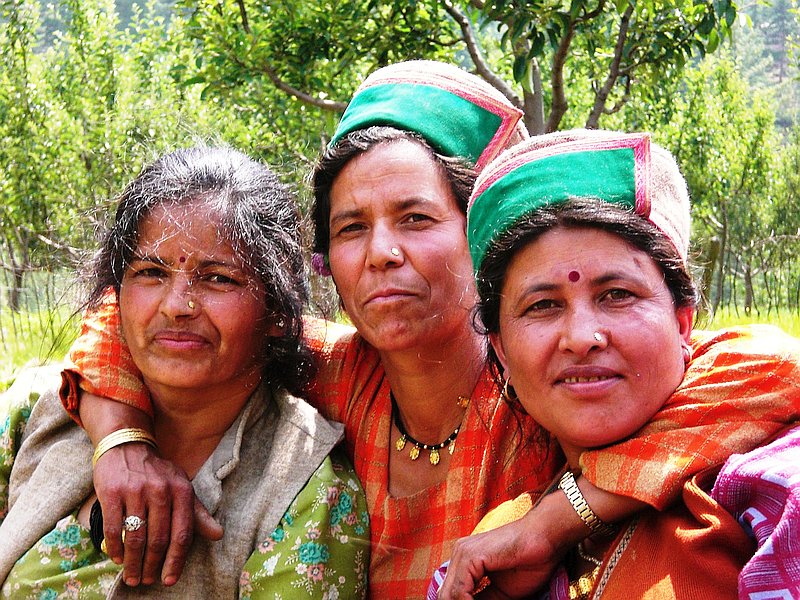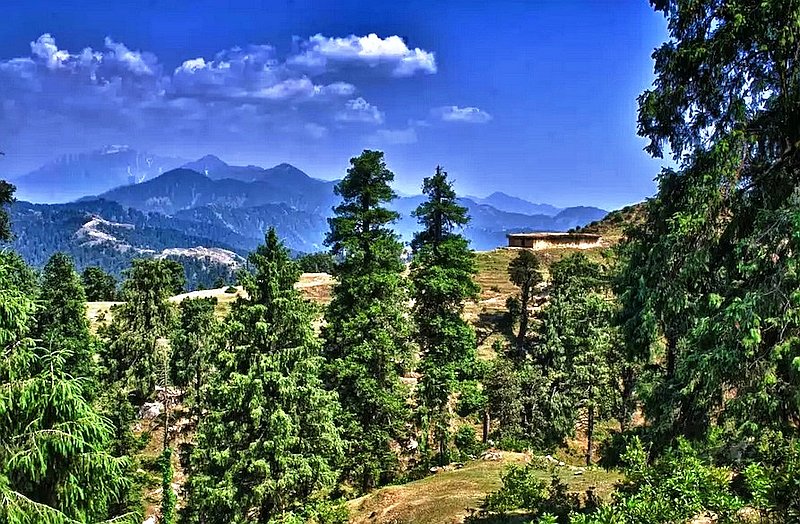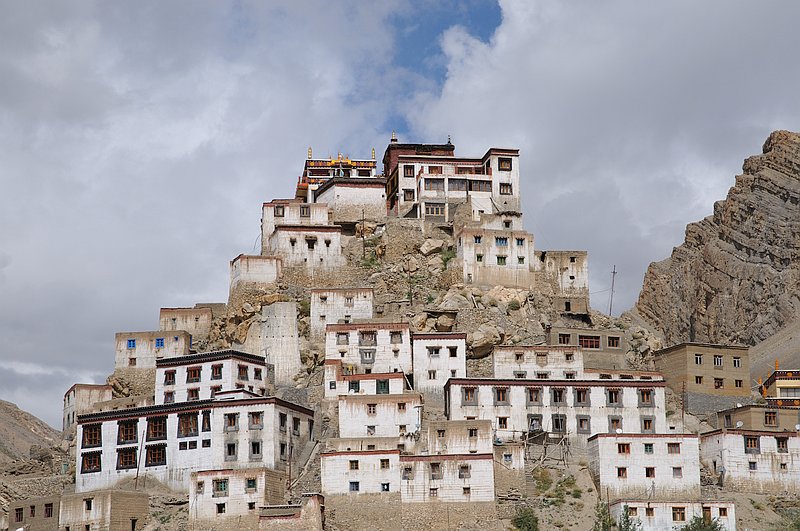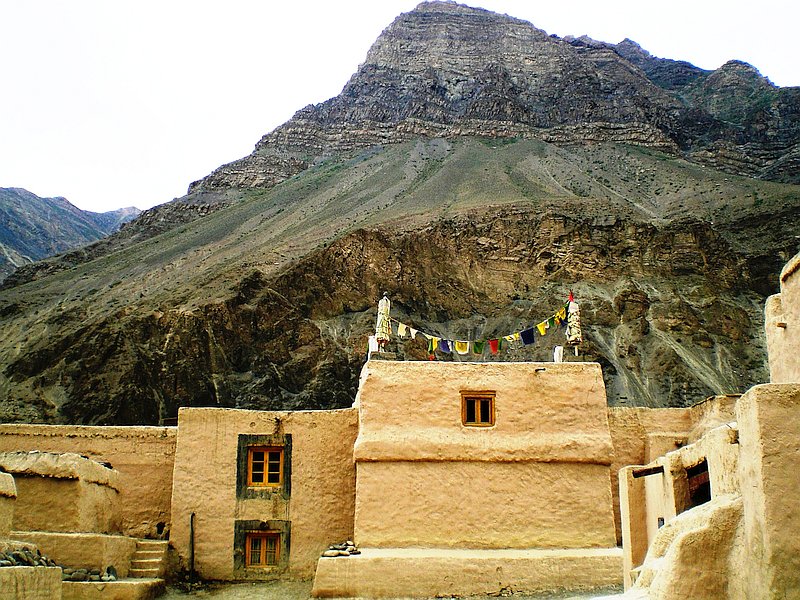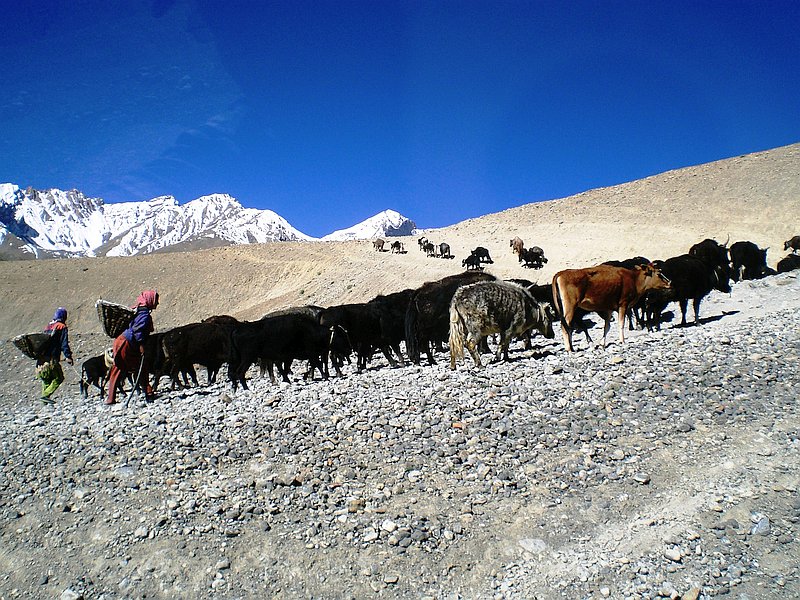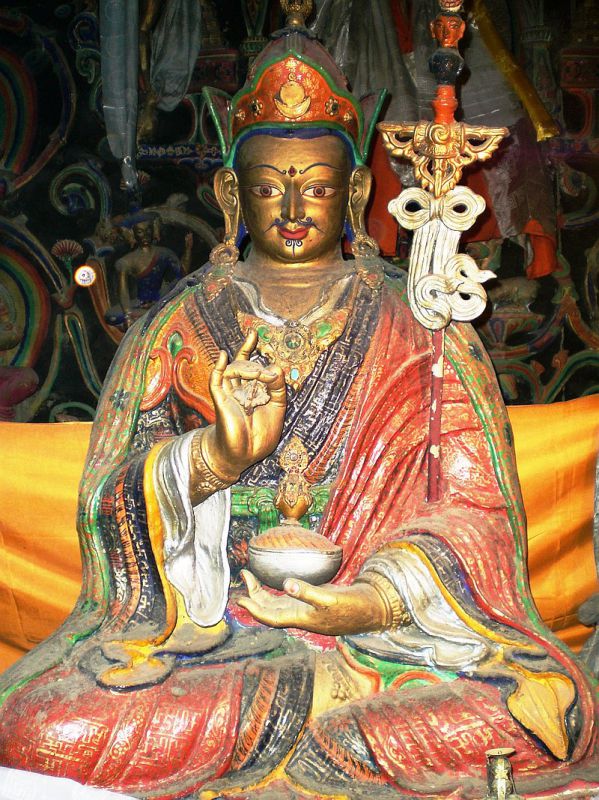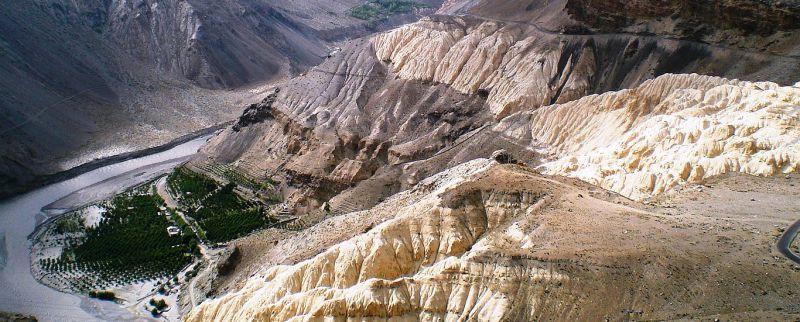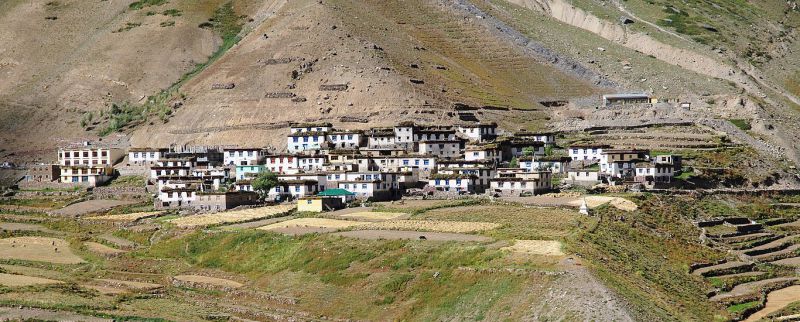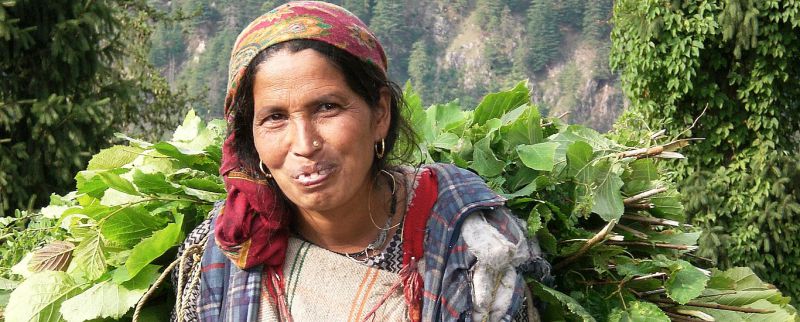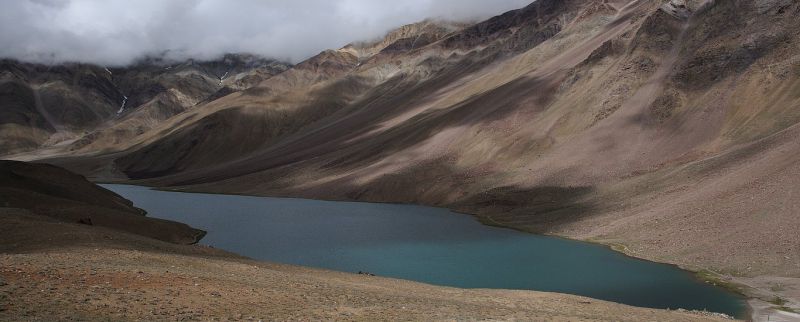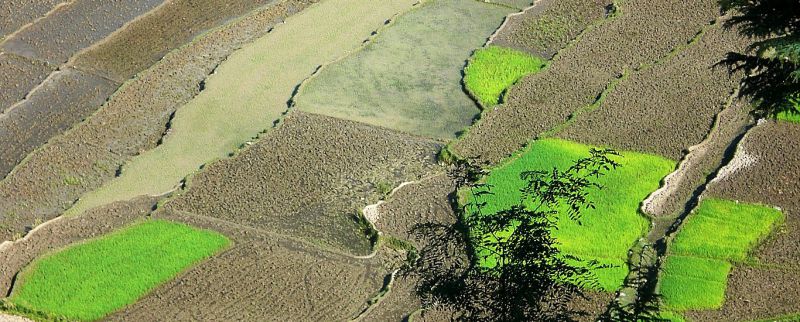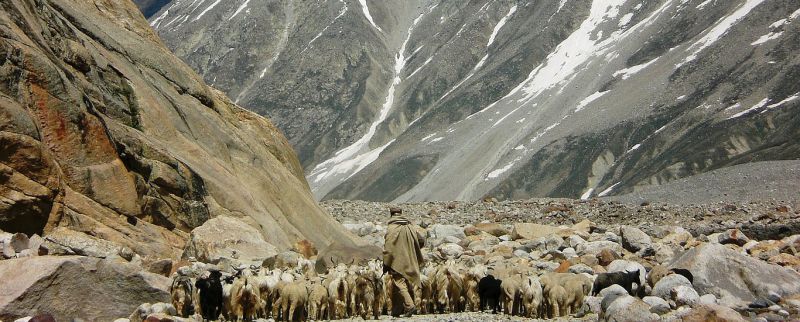The people of Himachal Pradesh are deeply religious, with Hinduism dominating the southern regions, where the caste system remains intact, and authentic Tibetan Buddhism found in the sparsely populated northeast. The state is home to a diverse mix of ethnic groups and communities. Around 93% of the population is engaged in agriculture, with the majority of land owned by higher Hindu castes such as Rajputs, Brahmins, and Mahajans, who also dominate the state's political and economic life. About a quarter of the population belongs to lower castes, many of whom are skilled craftsmen who traditionally show deep respect for the higher castes, a value rooted in Hindu customs.
Himachali people strongly believe in the laws of karma, which dictate that both good and bad deeds influence one's life and the next incarnation. As a result, the crime rate is low, and many homes are left unlocked. Idle land in and around villages is considered communal property (Shamlat). Many people, both Hindus and Buddhists, view nature as infused with supernatural powers. The Himalayan mountains are revered as gods, and forests, streams, and rocks are believed to possess mystical energies.
People also worship local gods, protective deities, fairies, and other supernatural beings. Animal sacrifices are commonly performed during religious rites, including weddings, funerals, and harvest festivals, with dance and music used to invoke the gods. Guru Padmasambhava, who spread Buddhism in Tibet during the 8th century, lived near Mandi, a central district in Himachal Pradesh. A temple dedicated to him still exists today. Lamas offer meditation, mantra recitation, spiritual advice, and Tibetan healing practices to visitors.
The region is also linguistically diverse. While Hindi is the official language and spoken by the majority, various dialects are also prevalent. Pahari is the most widespread, though different regions have their own variations of Sanskrit. In areas like Spiti, Kinnaur, and Lahaul, people speak dialects related to Tibetan, such as Ladakhi. English is also commonly understood.
Even More...
 ENG
ENG
 DE
DE

